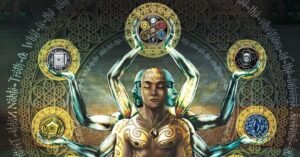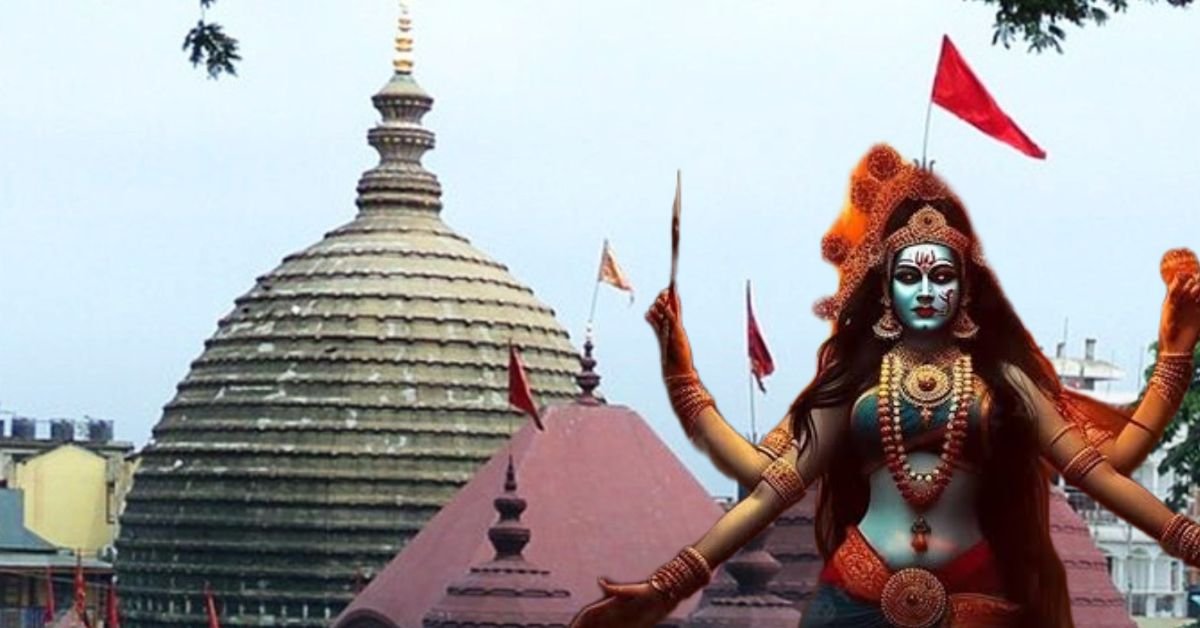North East of India consists of a variety of unique tribes and cultures. The Tiwa Tribe of Assam is considered one of the sons of the soil of Assam, for the community has contributed immensely towards the culture of the greater Assamese community. The dance, food, traditions, and folk culture of the Tiwa tribe has influenced the overall culture of Assam for ages. As per the ancient history of Assam, the Tiwa people were known as Lalung. The word ‘Lalung’ is still in use among the locals and it refers to the Tiwa tribe as a whole. However, the latest government records, refer to them as Tiwa. The habitat of the Tiwa people was surrounded by the river Brahmaputra (in the north), the Dimoria state(in the south), Bor Amoli(in the west) and Khagorijan (in the east). To compare with with present map of Assam, the habitat comprises the districts of Nagaon and Morigaon.
Once upon a time, the Tiwa tribe had two independent states namely ‘Jayantiya‘ and ‘Gova‘. On the other hand, three other states of the community namely ‘Sahari’, ‘Khola’ and ‘Neli’ were part of a Jayantiya kingdom. The independent Gova State was ruled by two clans of the Tiwa community namely Pasoroja(meaning five kings) and Satoroja(meaning five kings). As the name suggests, Pasoroja ruled over five areas namely Khaigarh, Phulguri, Mikirgaon, Baropujia and Topakusi. Satoroja ruled over seven areas of the Gova state namely Kasarigaon, Ghagua, Boghra, Tarani, Kolbari, Xukhnagog, Kumoi and Tetelia.
The Language of the Tiwa Community
According to the 2011 census, the population of the Tiwa tribe in India is approximately 371,000 and the total number of Tiwa speakers amounts only to 34, 800. The latest caste census divides the community into two sub-groups, Hill Tiwa and Plains Tiwas. The majority of the community speaks the common language of Assam i.e. Assamese. However, the community has its language. Tiwa-speaking people are becoming less day by day the community itself is being merged into a greater Assamese identity. The Tiwa people have its anthem called – O Angé Tiwa Tosima.
The Traditional Dress of the Tiwa Tribe
The Tiwa tribe is known for its beautiful attire and has a vibrant traditional costume. The weavers of the community are mainly women and they have been using handloom for ages. However, the use of traditional dresses is minimal on a normal day. Such traditional dresses are worn only during special occasions and festivals of the community. Here is the list of special dresses of the community:
Faskai: It is a typical attire of the community and is worn around the torso and breast.
Nara: It is worn around the waist and used to tighten/fix any clothes that are worn below the waist
Tagla: Tagla is more than a dress for the tribe. It is an identity. It represents the Tiwa tribe just like ‘samosa‘ represents the Assamese community. It is mainly worn by male members of the community and is similar to “Jim‘ of the Mising community of Assam.
Kasang: Hana is mainly worn by women members of the tribe. It is much like the ‘Mekhela‘ of the Assamese people. However, unlike Mekhela, it can be worn to cover from the breast to the lower knee, much like the Dokhna of the Bodo community of Assam.
Thana (Length): Thana is mainly worn by women members of the community. It is much like the ‘Sador‘ of the Assamese people. It is 6-7 inches in breadth and 13-14 ft. in length.
Thalisa: It is more like a Gamosa used by people all over Assam, but a little smaller in size.
Important Festivals of the Tiwa Community
Borot Festival: The Borot festival is popular among the Tiwa tribe living in the plains of Brahmaputra valley. The ‘borot’ means ‘brat’ or ‘upobax’ in Assamese. It translates to fasting. In ancient times, it was celebrated to ward off evil, epidemics, natural disasters etc. The Borot festival starts during Kati Bihu(an Assamese festival that falls in October). The main festival is celebrated on the full moon night (Purnima) of the Assamese month of Puh or Magh(January). For its celebration, a temporary set-up is made in ‘Bankhibadan Than’ near Tetelia Pothar in Nagaon district. A sanctum sanctorum (called Bedi) is made and the bedi is bathed every week from the month of Kati to the full moon night (Purnima) of the Assamese month of Puh or Magh(January). The community has special songs to be sung during this festival. However, these songs are not documented properly and are only passed on from one generation to the next orally.

Sogra Misawa: It is the national festival for the Tiwa community. Traditionally, it is celebrated at the end of February or the start of March. In Tiwa language, ‘Sogra‘ means the community and the word ‘Misawa‘ means dance. So the word ‘Sogra Misawa‘ literally translates to community dance. In this festival, the Tiwa Men and youth must wear Tagla- the traditional dress of the Tiwa tribe. At the beginning of the festival, Loro(a chief in the community) offers birds and fowls as a prayer to the ancestors. The prayers are specially dedicated to three deities namely Mahadeu, Charibhai Charikora and Ancestors. After the prayer, the Loro invites all the people to join and celebrate the festival by offering Tamul Paan (Areca nut and betel leaf). The songs and dances of this festival are themed on love and brotherhood. The most notable thing during the community dance is that each song has be to sung and danced upon seven times.

Songkhong Puja: This is an agriculture-based festival. This festival is organised to pray to the heavenly gods for the betterment of upcoming agricultural produce. In the Tiwa language, ‘song‘ means forest land and the word ‘khong‘ means ‘to clear’. So the word ‘song khong‘ literally translates to clearing out forest land for agriculture. In the month of February-March, this is celebrated and prayers are offered before sowing. Traditionally, it is illegal for the community members to sow or plough the land without celebrating this festival or offering prayers.











